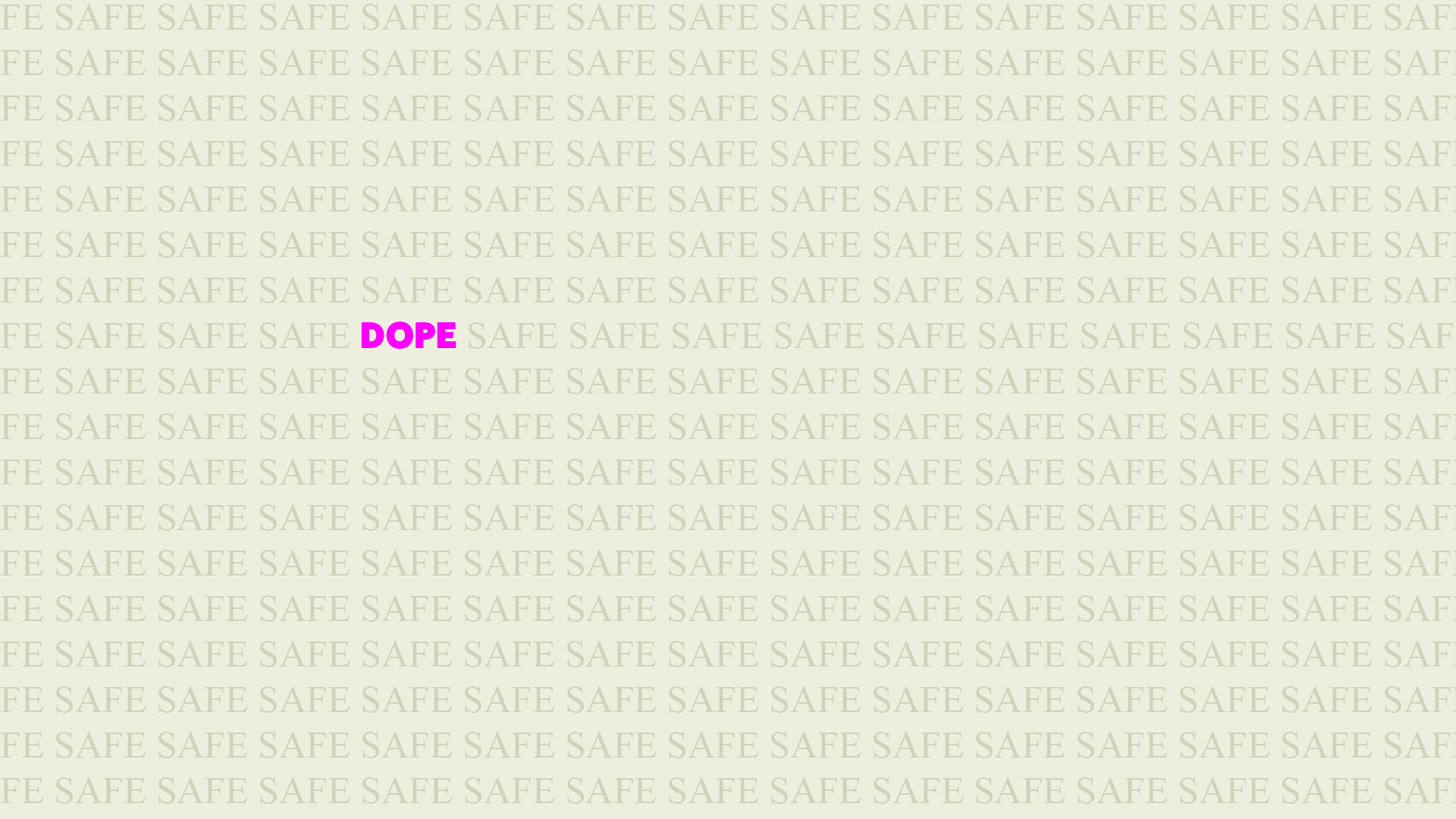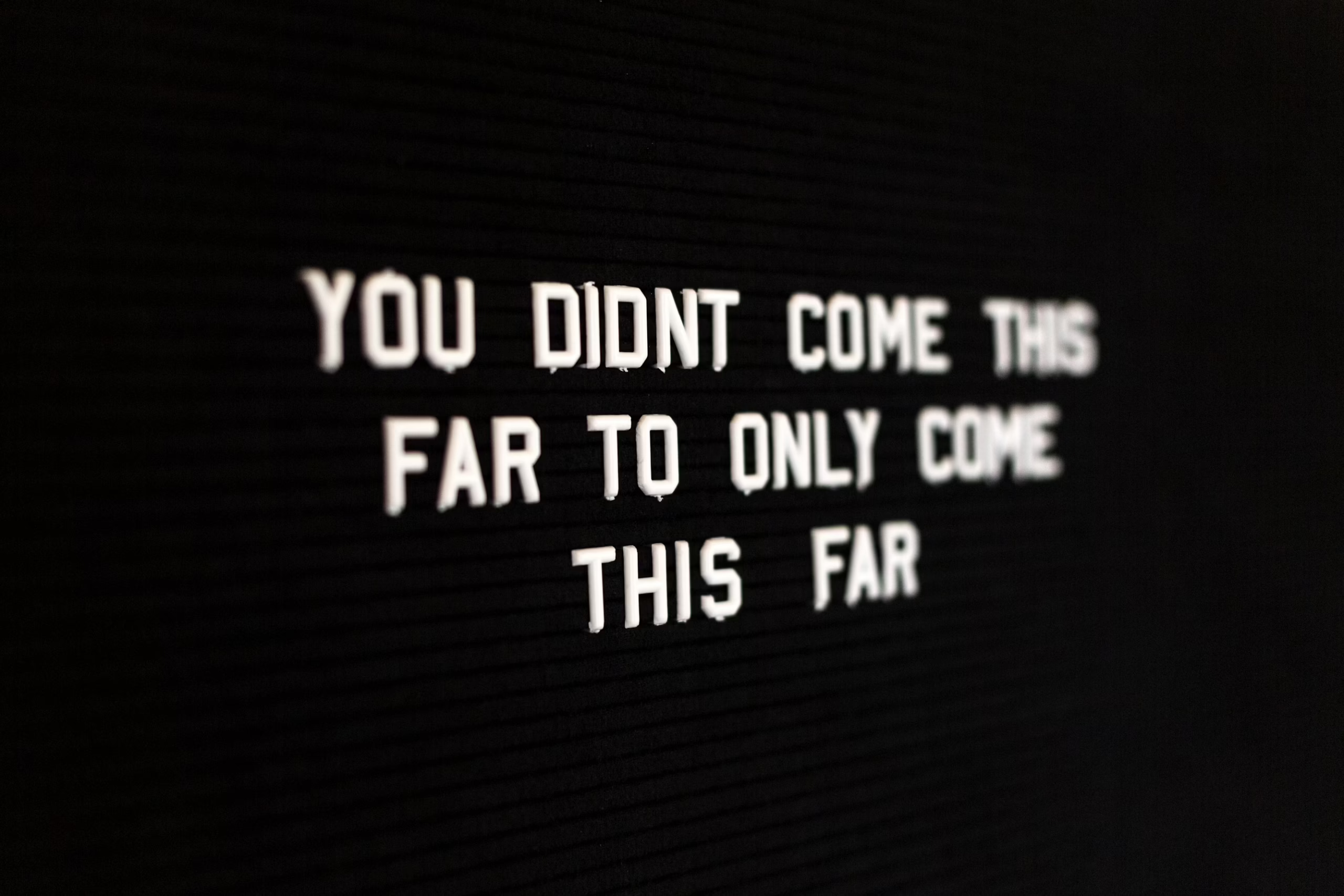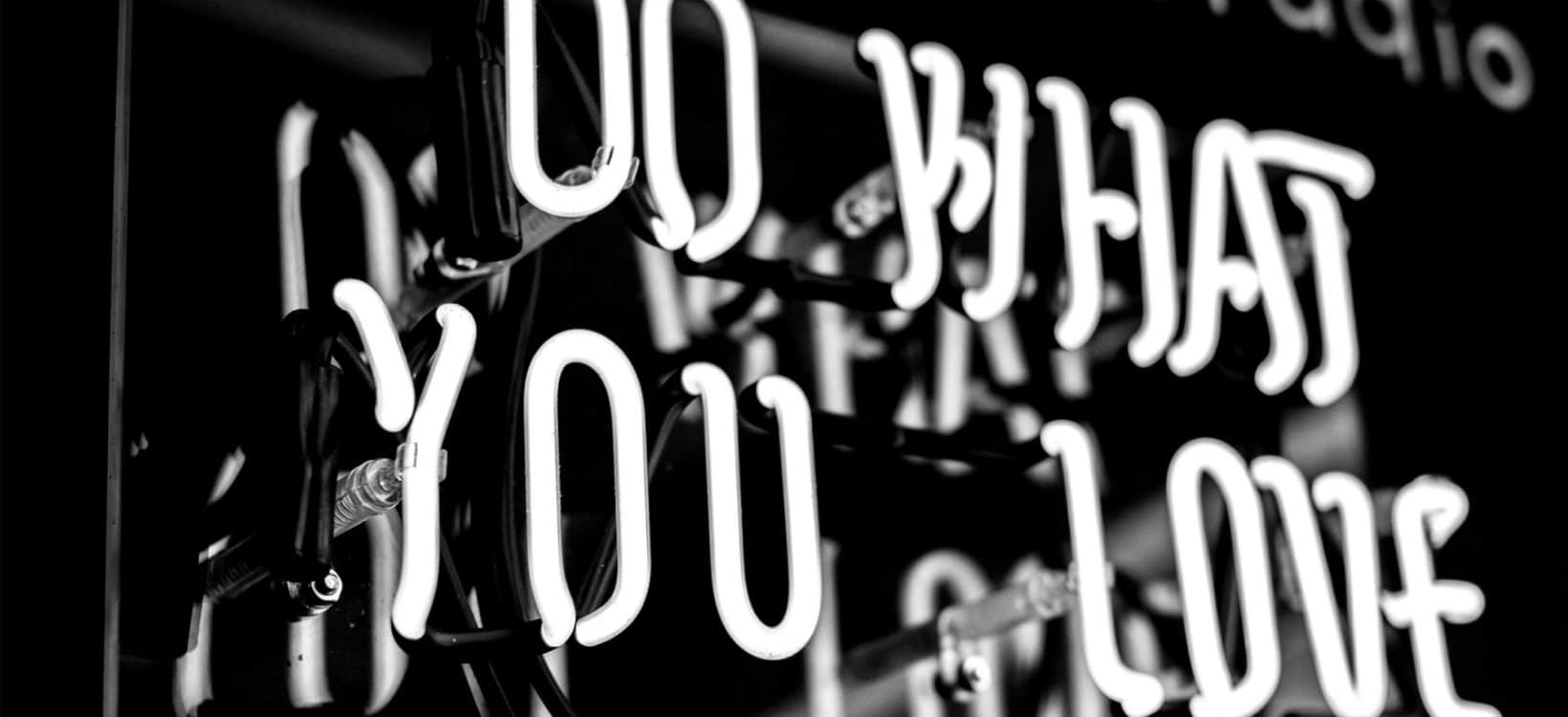February 17, 2025
Why Safe Is the Last Thing You Want to Be
2 min readIf you’ve been online lately, you’ve likely noticed a tidal wave of AI-generated content—logos, blog posts, social media blurbs—each one feeling polished yet strangely the same. That’s because AI functions like a glorified copy machine, a digital mirror reflecting whatever has come before. It gathers the most common shapes, words, and ideas, then repackages them as something “new.” Yes, it’s quick and tidy, but if the goal of your brand is to fade into the beige wallpaper of modern marketing, by all means, let AI do all the heavy lifting.
But if, by some small chance, you actually want to matter, you’ll need to take a page from David Carson—the wild-eyed master of “grunge typography.” Back in the 1990s, design was obsessed with neat grids and the ever-popular Helvetica font, so predictable it might as well have come shrink-wrapped. Enter Carson with Ray Gun magazine, where letters collided in chaotic layouts and paragraphs seemed to float in random directions. He once typeset an entire Bryan Ferry interview in Wingdings because he thought the piece was flat-out boring. Critics were horrified, but here we are, decades later, still talking about it. Why? Because being weird in a sea of normal has real staying power.
Carson understood that playing it safe is the quickest path to invisibility. Sure, AI-generated designs and copy can save you time, but it also costs you originality. It’s like a polite dinner guest repeating whatever the table just said, hoping to blend in. As more brands lean on AI, we risk ending up with the next 10,000 best versions of “expected.” Everything will look and sound alike, and customers will struggle to tell one brand from another.
This is where a little creative boldness can change the conversation. If you dare to be a tad strange—even downright irreverent—you give people a reason to sit up and pay attention. In a world drowning in lookalike AI content, that flash of genuine weirdness becomes priceless. Think of it as a public service: refusing to bore your audience into digital oblivion. So don’t be shy. Hire the daring creatives, give them room to take risks, and embrace the glorious, irrepressible messiness of human imagination.
Because at day’s end, which do you think your audience will remember: yet another AI-generated pitch that’s just correct enough not to offend, or the brilliant lunacy that actually made them feel something? Keep that perfectly polished banality in reserve if you must, but if you plan to stay in the limelight, partner with real creative conspirators who dare to shatter the tyranny of predictable prose. Your brand—and the rest of us—will thank you for that spark of originality in the endless noise of algorithmic monotony.





